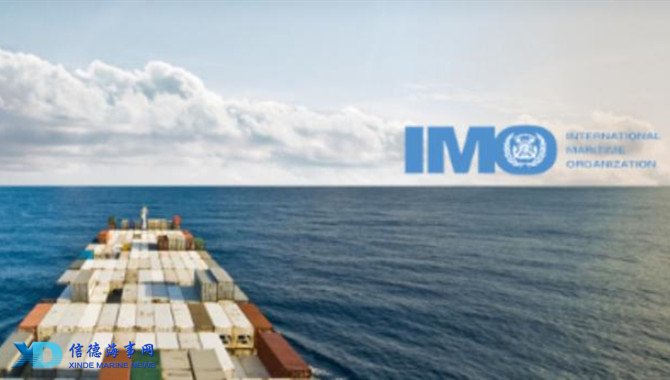
The International Maritime Organization's 2020 marine fuel regulation is likely to be net bullish for Asian light distillates, as attempts to maximize middle distillate yields will tighten gasoline production, which in turn will ripple through naphtha markets.
On the surface, maximizing utilization rates is the simplest option for refiners to boost production of middle distillates and low sulfur bunker fuels. This would flood the market with light distillates, and pressure naphtha and gasoline cracks.
Additional supply to a global gasoline market that has barely recovered from last year's slump would depress naphtha crack spreads in Europe, which has been the weakest region for gasoline cracks. This could in turn pull down the Asian naphtha complex, which hinges on the performance of European naphtha and gasoline cracks.
But boosting overall throughput is not a viable solution for many refiners who need to find an outlet for higher production of high sulfur residual fuels, particularly Asian refiners with heavy fuel oil output.
These refiners will rely heavily on tinkering with secondary units like hydrocrackers and fluid catalytic crackers, or FCCs, to optimize middle distillate yields, but at the cost of cutting back on gasoline production.
"We see refiners taking a number of approaches to maximize their middle distillate production, including yield switching where possible, as well as simply running more crude through their systems," Morgan Stanley said in a client note last month.
As a result several bullish factors are stacking up in favor of gasoline and naphtha markets post-2020.
"The outcome of IMO 2020 on gasoline is very uncertain...more bunker fuel production would result in more gasoline supply, but the shift of feedstock [away from gasoline] towards the bunker pool could also constrain supply," one Asian refinery source said.
GASOIL PULLS ON GASOLINE
An FCC is the primary gasoline production unit in a refinery, by processing VGO or vacuum gasoil. But hydrocrackers are more efficient than FCCs if the refinery needs to produce more middle distillates instead.
However, this gasoline-to-gasoil switching needs advance planning and capital expenditure in hydrocrackers. A quicker way for refineries to maximize gasoil yield by squeezing out gasoline from the system is to adjust FCC production and feedstock.
"It depends on the refinery whether they want to cut runs on a secondary FCC unit. FCC units can be adjusted to produce more gasoil by 5%-10%," a refinery source said.
"Going into 2020, we expect the demand for gasoil to push FCCs to run in a higher gasoil yield operating mode," S&P Global Platts Analytics' light-ends analyst Anthony Tso said.
Morgan Stanley said another idea that is gaining more traction is to divert vacuum gasoil, a heavy middle distillate used to feed FCC units, into the bunker pool, which will lower overall FCC throughput levels altogether.
"Diverting VGO away from FCCs and into the bunker pool effectively connects gasoline and middle distillate pricing. As a result, IMO 2020 will likely result in a re-pricing of all clean products, and should be supportive of gasoline cracks," the bank said.
Platts Analytics estimates that gasoline supply will be reduced by as much as 1.2 million b/d as refiners change operations to balance supply and demand for 2020.
This based on the assumption that 1% of global crude runs will shift yields from gasoline to middle distillate at around 900,000 b/d, Rick Joswick, Platts Analytics' global head of oil pricing and trade flow analytics, said. Another 300,000 b/d of gasoline supply will be cut as FCC throughput falls, as nearly 600,000 b/d of VGO is pulled into the bunker pool, he added.
GASOLINE PULLS ON NAPHTHA
Joswick, main author of Platts Analytics' "Making Waves" report on IMO2020, said stronger gasoline cracks will incentivize reformer runs, which processes heavy naphtha into gasoline blend stock and reformates, thereby increasing naphtha demand.
This implies that reforming margins should strengthen, and potentially pull naphtha from the petrochemicals complex, and if naphtha markets get tight enough, compete with LPG as petrochemical feedstock.
"IMO pulls on gasoil, which pulls on gasoline, which pulls on naphtha," Joswick said. This underscores the domino effect IMO2020 is having on the crude complex ranging from refined products to petrochemicals.
In fact, global naphtha supply has been long recently due to the shift in the global crude feedstock towards lighter and sweeter crudes, and with propane supply competing with naphtha in Asian PDH plants, he said.
Morgan Stanley said gasoline cracks collapsed globally late last year and have remained under pressure at parity or even negative levels, in one of the clearest reflections of the oversupply of light oil and tightness in heavy, sour crude.
The IMO could balance out this length -- at least for 2020 -- and restore the naphtha/gasoline balance back to where it was a few years ago, Joswick said.
Source:SP Global Platts
Please Contact Us at:
admin@xindemarine.com


 Ningbo Containerized Freight Index Weekly Commentar
Ningbo Containerized Freight Index Weekly Commentar  Ningbo Containerized Freight Index Weekly Commentar
Ningbo Containerized Freight Index Weekly Commentar  Ningbo Containerized Freight Index Weekly Commentar
Ningbo Containerized Freight Index Weekly Commentar  BIMCO Shipping Number of the Week: Bulker newbuildi
BIMCO Shipping Number of the Week: Bulker newbuildi  Ningbo Containerized Freight Index Weekly Commentar
Ningbo Containerized Freight Index Weekly Commentar  Ningbo Containerized Freight Index Weekly Commentar
Ningbo Containerized Freight Index Weekly Commentar